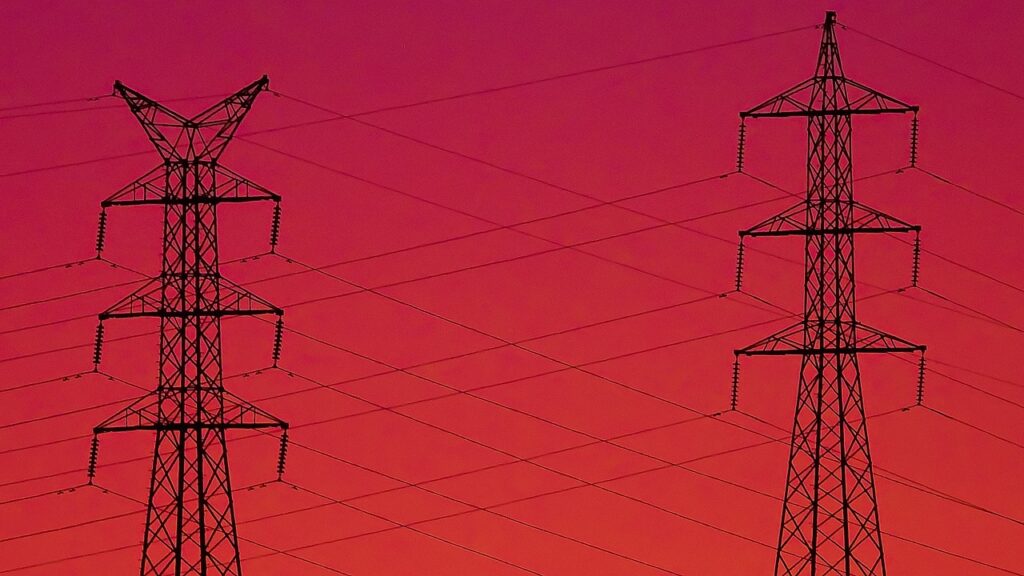In the days leading up to the peak of the heatwave in Europe, the web portal Montelnews warned that the high demand for electricity in the region, resulting from the increased use of air conditioning and other cooling systems, could lead to possible supply constraints. The latter has, in practice, been reflected in higher electricity prices.
When electricity traders became aware of the fact that rising temperatures in the Western Balkans would lead to further demand for electricity, they told Montelnews that, “at the moment, everyone is buying electricity”. They also added that the increased demand would “put further strain on the already tight energy supply in the region.”
Slovenia with record prices
According to the media outlet Portal24, electricity prices in south-eastern Europe reached between 126 and 171 euros per megawatt-hour on Tuesday. Slovenia recorded the highest price, reaching 443 euros per megawatt hour. A concrete comparison shows that this is a really high price – in Germany, a country we are so keen to compare ourselves with, the price was only 108 euros per megawatt hour.
“On the Croatian Power Exchange (CROPEX), electricity prices peaked at 219 euros per megawatt hour, with day-ahead trading closing at 99 euros per megawatt hour. While this was slightly lower than the closing price of 126 euros per megawatt-hour on Tuesday, daily price jumps reached as high as 392 euros per megawatt-hour,” the aforementioned web portal pointed out, adding that extreme weather conditions could lead to high volatility on the market.
After meteorologists predicted that this week’s heatwave could bring about temperatures higher than 40 degrees Celsius, both grid operators and energy traders in Eastern Europe have started preparing for “possible supply constraints and additional spikes in electricity demand.” Andrea Tura, a meteorological expert at the Italian forecasting service Meteo Giuliacci, told Montelnews that they are preparing for possible supply constraints due to the temperature extremes.
In Spain, there has also been a marked drop in electricity prices following the drop in temperatures, with final trading prices reaching 44 euros per megawatt-hour, “a 50 percent drop compared to the prices at the beginning of the week.” Thus, “electricity prices on the regional markets of South-Eastern Europe can be expected to rise again” due to the increase in temperatures.
The impact of fires
The possible impact of the fires in Greece on the price of electricity has been highlighted by Hedno Styliani Sarri, an engineer at the Greek electricity grid operator DSO. At the height of the tourist season, the Greek electricity system is “under one of the highest loads of the year, which could further increase prices, while a possible drop in photovoltaic production due to the fires could make the situation even worse.”
The collapse of the power systems of Albania, Montenegro, Croatia, Bosnia and Herzegovina and Greece on the 21st of June this year, which caused blackouts, showed in practice how difficult the situation is in the South-Eastern European region. The results of a survey conducted by the European power grid operator Entso-E showed that the epicentre of the event in question was in Montenegro.
The day before the blackout, around 2000 megawatts of electricity was distributed via a submarine power cable from Italy to the Montenegrin grid, while 417 megawatts flowed in the opposite direction to our western neighbour. A cascading voltage drop occurred in the wider region when two power lines went down unexpectedly on the day, in Montenegro and on the Albania-Greece border. This triggered the operation of protection devices, which disrupted the connections. The affected area was disconnected from the electricity system of continental Europe. In less than three hours, the electricity grid in the Balkans was stabilised, and the necessary voltage was restored.
A. H.


